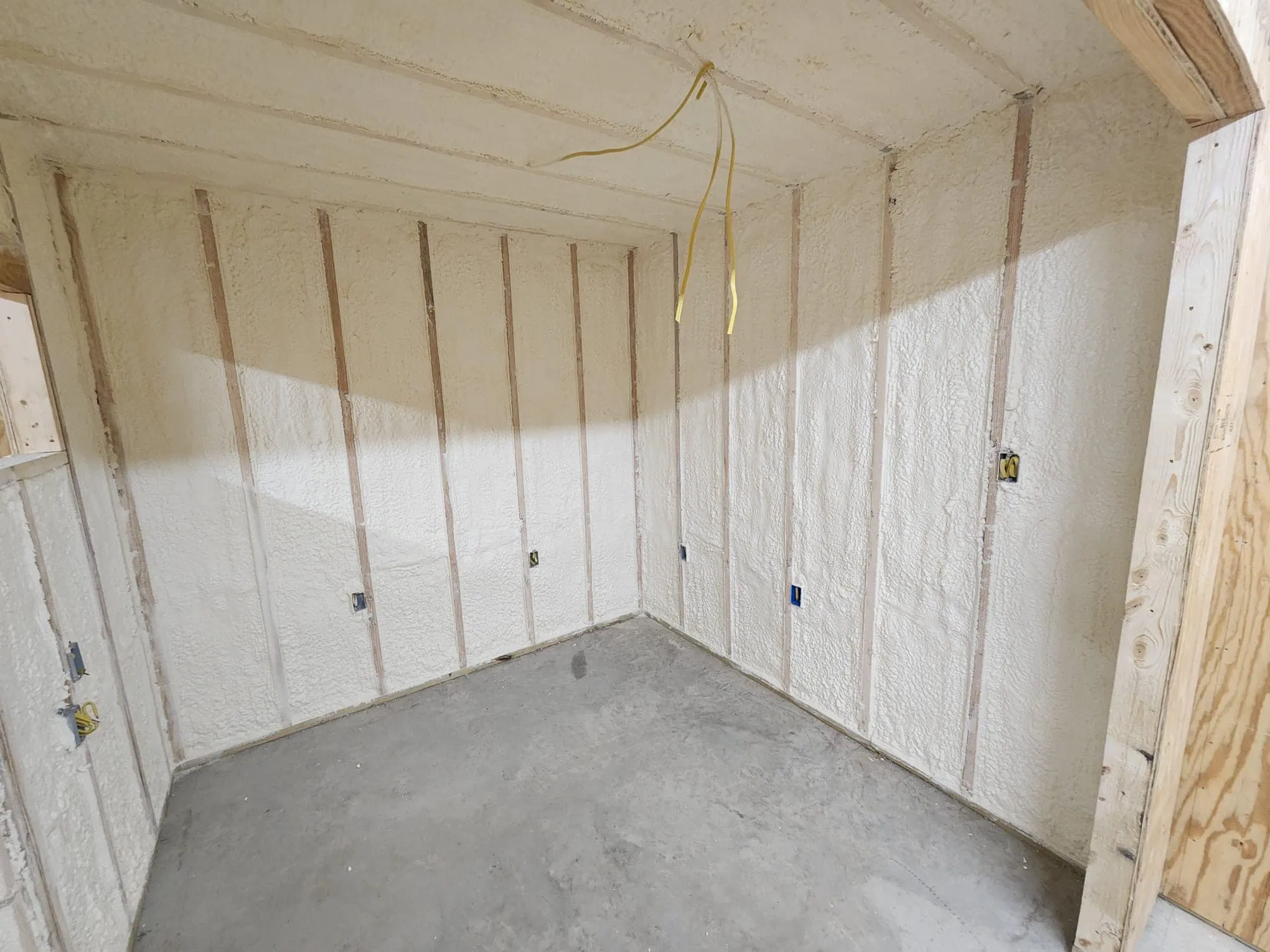
Spray foam insulation is a highly effective solution for improving energy efficiency and maintaining comfortable indoor temperatures. However, one of the most common concerns among homeowners in Spokane, WA is how long they should stay out of their house after installation. This guide provides in-depth information on the recommended waiting period, potential health risks, and safety precautions to follow when dealing with spray foam insulation.
Spray foam insulation is a chemical-based insulation material that expands upon application. It consists of two main components: isocyanate and polyol resin. When mixed, they form a rigid foam that seals gaps and cracks effectively, providing superior insulation compared to traditional materials.
Off-gassing refers to the release of volatile organic compounds (VOCs) from spray foam insulation. These emissions occur as the material cures and solidifies. The duration of off-gassing depends on factors such as temperature, humidity, ventilation, and the type of spray foam used.
The waiting period before reoccupying a home after spray foam insulation depends on the type of foam used and the specific manufacturer’s recommendations. Here’s a general breakdown:
| Type of Spray Foam | Recommended Waiting Period |
| Open-Cell Spray Foam | 24 to 48 hours |
| Closed-Cell Spray Foam | 48 to 72 hours |
Several factors influence the duration of off-gassing and the safety of reentry:
Exposure to uncured spray foam chemicals can cause:
Although rare, prolonged exposure to uncured spray foam may contribute to:
To accelerate the curing process and ensure safe reentry:
If uncertain, homeowners can:
Each spray foam brand has specific safety guidelines. Always adhere to the manufacturer’s recommendations for optimal results.
Pros:
Cons:
Pros:
Cons:
Spray foam insulation is an excellent investment for energy efficiency, but homeowners should follow safety precautions to avoid exposure to VOCs. Staying out of the house for the recommended duration ensures a safe and healthy living environment. Inland Northwest Spray Foam provides professional installation services in Spokane, WA, ensuring optimal results with minimal risk.
For expert guidance and professional spray foam insulation services in Spokane, WA, contact our team today. Ensure your home’s insulation is installed safely and efficiently for maximum comfort and energy savings.
Pets should remain out of the house for at least 24–72 hours, similar to humans, as they are also susceptible to VOC exposure.
Yes. Enhancing ventilation using fans, air purifiers, and HVAC systems can significantly reduce VOC concentration.
When properly installed and cured, spray foam insulation is safe. However, prolonged exposure to uncured foam may cause respiratory irritation in sensitive individuals.
If a noticeable chemical smell persists, increase ventilation and consult a professional to inspect the insulation.
Yes, closed-cell spray foam typically requires 48–72 hours to fully cure, whereas open-cell foam can cure within 24–48 hours.